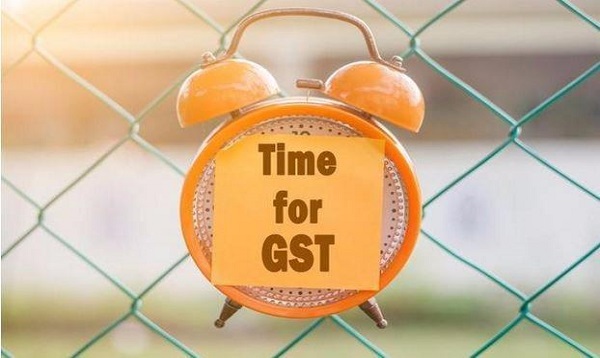While the GST or Goods and Services Tax have been designed to unify the tax regime, consolidating many taxes into a single tax, there are bound to be new challenges. A single tax is meant to lower costs for businesses since it will lessen overall tax burdens. But IT teams have to now get down to making changes in their Enterprise Resource Planning or ERP systems to make it GST ready.
The changes which the IT professionals may have to introduce for revamping the ERP could be very simple like simply updating the ERP software version. But, in some cases, the task is likely to be complicated. To bring about any changes in ERP, the cooperation among different department, IT and tax departments is required. In case of the GST however, the requirements are found to be constantly shifting. In the recent past, many businesses have begun to redesign and upgrade their ERPs in preparation for this landmark change. But the entire process takes a lot of time and is highly expensive. Systems are far from being ready for the GST because it not very clear as to what the GST requirements are.
Understanding taxes and their effect on businesses is something that everyone knows. But implementation dates have been pushed back and every time it is missed, there is some new change to the law. On the whole GST is expected to trigger businesses into rethinking and redesigning their sales modules, procurement modules, and financial management modules. Perhaps the most important challenge which ERP is going to face with the GST is widening the tax base since now almost every good is becoming taxable.
When the VAT had been earlier introduced, there were three main rates namely, 12%, 1% and 4%. However, there rates are not the same across states today. Every time there is a change in the rate, it becomes a major ERP event. The IT staff has to get down to building new codes for the taxes and also update data about products. So, businesses that were hitherto involved only in provision of some specific supplies will ensure that all of their ERP processes are taking into account the taxes. You need to review the current process and how the business operates to be able to understand how this tax could change these. When there is a question of goods supply between two units belonging to the same business, this change may be from 2% CST to 18% GST. A change like this will automatically affect the way in which orders are taken or goods are received.
To comply with taxes, the ERP must generate data for use in creating correct entries in the GSTN for both internal and external transactions. It has to ensure that valid tax invoices are produced. Since data must be uploaded to the GSTN, the IT needs to have access to accurate tax data to include in the ERP instead of waiting to fill this information later on. The ERP must have this relevant data and it can fill in the missing information while the process is going on prior to compliance. When businesses try to produce this data at the time when compliance is scheduled, it may lead to a lot of discrepancies and mismatch in data.
So, the tax teams are expected to do this on their own or get advisors if the nature and complexity of business so demands. They need to determine which processes will remain unchanged, which may be optimized under this new tax regime and which can be done away with as they are irrelevant. The results will then be made available to the organization which will then decide how the IT department and tax department will collaborate in implementing and testing the plan.
Every aspect of the ERP software needs to be properly maintained. This means that when the GST slowly stabilizes, the IT and tax departments will feel more pressure to keep updating and testing the processes. So, any strategy for ERP migration will have to take into account greater time to assess the processes for a minimum of 18 months post-GST. Alternately, instead of designing and testing the ERP solutions, the tax data can be centralized and stored in a central location. This way the tax system can easily offer tax data to the ERP. The maintenance team will focus on the aspects at which ERP excels, like processing management and workflows whereas the tax system will look after computing and compliance. This will ensure that the sensitive ERP tasks are never disrupted because of government changes and compliance changes.
Although businesses may have to initially spend more to become compliant, in the long run it is cheaper than being non-compliant. The time has come for business owners to realize the value of this tax reform they must equip their businesses properly to be able to deal with tax compliances. When you can automate for GST reforms, you are likely to enjoy long-term benefits; the ERP system will offer businesses a helping hand to address GST-compliance challenges.
Related Story : What Business Model Must the GSP Adopt?






 Live Chat
Live Chat

